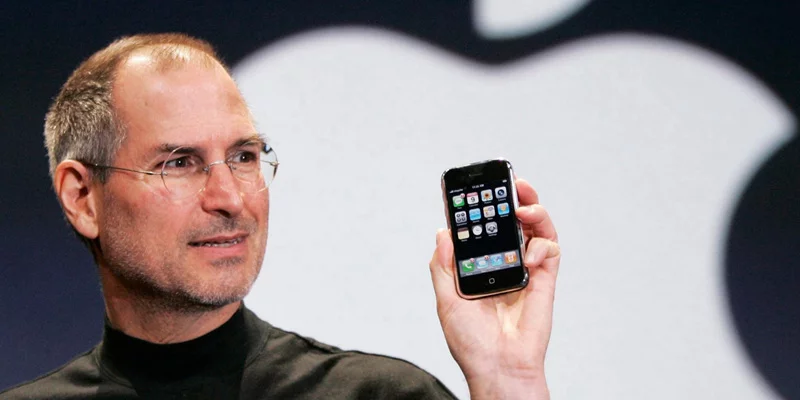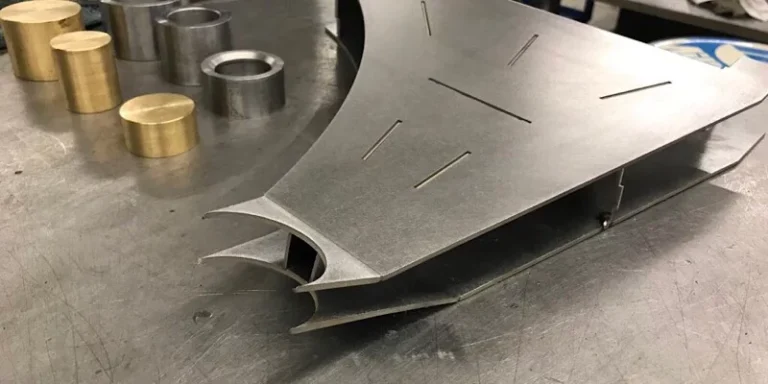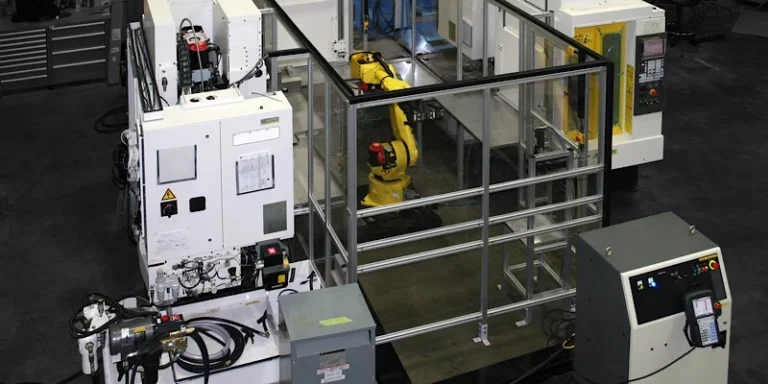Helping the market understand a designer’s innovative product is a complex task, as is becoming an exceptional designer. Customers demand immediate, affordable products with high quality and creative design. However, these attributes often contradict each other, posing challenges in modern industrial life.
Despite these challenges, developing a business presentation model is crucial for creating a successful product, especially in a competitive global market. Fortunately, current technologies provide valuable tools to address some of these issues. Although rapid prototyping can be costly in terms of time and resources, careful planning and the use of advanced technologies, such as rapid and virtual prototyping tools, are essential.
With 20 years of experience in rapid prototyping, AS Prototypes has served nearly every industrial design sector. In this article, we share insights and suggestions to help designers achieve the best presentation prototype.
Understanding Presentation Models
During the product development process, several stages require different prototype parts. Industry demands and product requirements vary, so the definition of presentation models depends on their intended use. Presentation prototypes serve various purposes, such as:
- Gathering initial user requirements
- Demonstrating proof of concept to senior management
- Validating system specifications
- Exploring solutions to usability or design problems
- Delivering early proof of concept
- Resolving uncertainties in early design stages
- Validating evolving user requirements
- Increasing constructive user participation
- Pre-training users or creating a marketing demo
A presentation prototype can be a comprehensive, full-scale, fully operational version of the product or a facade for a specific purpose, like a Hollywood set. Defining the prototype’s goal is crucial to determine the level of detail required.
The Importance of Presentation Models Before Market Launch
According to McKinsey, delaying a product by six months can result in a 66% loss of gross margin. To remain competitive, products must be affordable, high-quality, and adaptable to changing customer needs. A quick product cycle implies frequent changes, requiring engineers to produce quality products with limited resources in a short time.
Successful product development alone may not sustain a company. A successful company must consistently produce high-quality, valuable products. The secret to success lies in executing critical tasks during the product-definition stage, where presentation models or prototypes play a key role in persuading the market and customers.
Challenges in Presentation Prototyping
While prototyping offers advantages in product development, there are potential drawbacks. Misguided prototyping efforts can waste time, resources, and money without contributing to the product development process. Common mistakes and issues in product development include:
Exploring Usability or Design Problems
For example, a coffee machine designer from Austria sent us a project with a stunning crystal appearance and a material thickness of over 40mm. The design looked impressive but was unsuitable for injection molding. We could create presentation models using silicone mold, but the material wasn’t UV stable, making it unsuitable for mass production without design changes.
Material Options and Alternatives
Products used in specific areas, such as medical, automotive, or aerospace, may have critical material requirements. Due to machining limitations or technology, alternative materials or technologies may be necessary. For instance, an Indian customer requested a lamp housing prototype in PP using CNC machining. However, due to undercuts, the housing couldn’t be machined as one piece. We suggested using ABS/PC, which is strong and suitable for splitting and gluing.
Balancing Cost and Optimizing Benefits
Investing minimal time and money to identify usability and design issues before committing more resources is crucial. This approach is similar to how aeronautical engineers use wind tunnels or bridge builders create stress models. The goal is to invest minimally in the presentation rapid prototyping phase.
Product development can be divided into small tasks, building different prototype parts at each stage to avoid terminal mistakes:
- Task 1: Prototype Conceptual Design: Include customer requirements for problem formulation.
- Task 2: Configuration Design: Select types or classes for standard components and configurations.
- Task 3: Parametric Design: Define major dimensions, tolerances, and materials.
- Task 4: Detailed Design: Provide remaining dimensions, tolerances, and material information for engineering drawings.
Prototyping technologies like CNC machining, 3D printing, silicone tooling, or rapid injection tooling can be used to achieve these tasks.
Conclusion
Choosing the right prototyping technique is critical and depends on factors such as cost, cycle time, accuracy, material properties, part size, strength, and availability. The selection should align with the prototyping objective.





